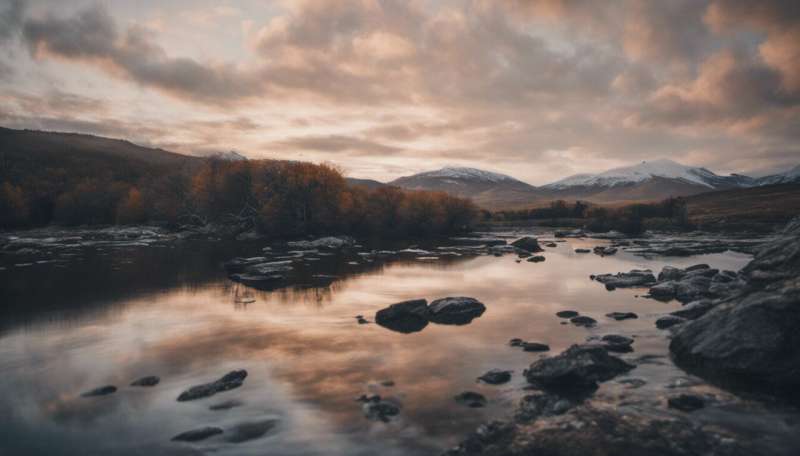Spotlight on sustainable highland aquatic resources

Ensuring sustainable water and secure food resources will help protect the planet as it faces climate change, provide economic benefits for poor communities, and produce more food per unit of agricultural land, according to a report from the United Nations Environment Programme (UNEP) and the International Water Management Institute (IWMI). But how do we do this? European researchers offer a 'wise' response to this.
The HighARCS ('Highland aquatic resources conservation and sustainable development') project carried out a multidisciplinary analysis of highland aquatic resources at five Asian sites. They looked at conservation issues and 'wise-use' options.
The objective is to ensure the sustainable conservation of aquatic resources, biodiversity and ecosystems through suitable management services, and the research has already led to the International Union for Conservation of Nature (IUCN) adding a selection of plants, fishes, molluscs, crustaceans and insects to its Red List of Threatened Species.
Led by the University of Essex in the United Kingdom, the HighARCS consortium first identified three communities dependent on highland aquatic resources in - Guangdong, China; Uttarakhand and West Bengal, India; and northern and central Vietnam. They then assessed the livelihood strategies of the communities and ecosystem services at the sites in question. Next, they mapped the spatial distribution of highland aquatic resources with secondary stakeholders.
The team found that not enough work has been carried out over the years to provide developing countries with the necessary knowledge to make the right decisions, or to develop policies for equitable use and conservation of aquatic ecosystems. They also found that stakeholders and policy-makers do not communicate well with the communities that depend on highland aquatic ecosystems, particularly those in more vulnerable areas. Resource management and livelihood protection are required, and could be possible through better management practices, they concluded.
The researchers drafted 'Situation Analysis' reports on each study site. They included information about the communities' livelihood strategies and appropriated ecosystem services; assessments of institutional, policy and legal frameworks; descriptions of market networks; and data about key stakeholders, such as companies, individuals and environmental protection bureaus.
The team also facilitated development of Integrated Action Plans detailing the sites' conservation, livelihood and policy perspectives, and introduced the 'flagship species initiative', identifying the species people are either concerned about or need to ensure their livelihoods. Key threats identified included pollution, habitat degradation and overexploitation.
Rulers to measure fish lengths, posters on fish maturity and species information sheets are just a few of the tools that the team recommends using to improve communication.
The project's various reports, combined with the flagship species initiative, are set to improve awareness - both locally and abroad - of the importance of sustainable highland aquatic resources. Once the project ends in December, data will be shared with the appropriate stakeholders and general public.
The HighARCS project was backed under the 'Environment' Theme of the Seventh Framework Programme (FP7) to the tune of EUR 1.5 million, and comprises experts from China, Denmark, India, the Philippines, Switzerland, the United Kingdom and Vietnam.
More information: HighARCS www.higharcs.org/
Provided by CORDIS


















